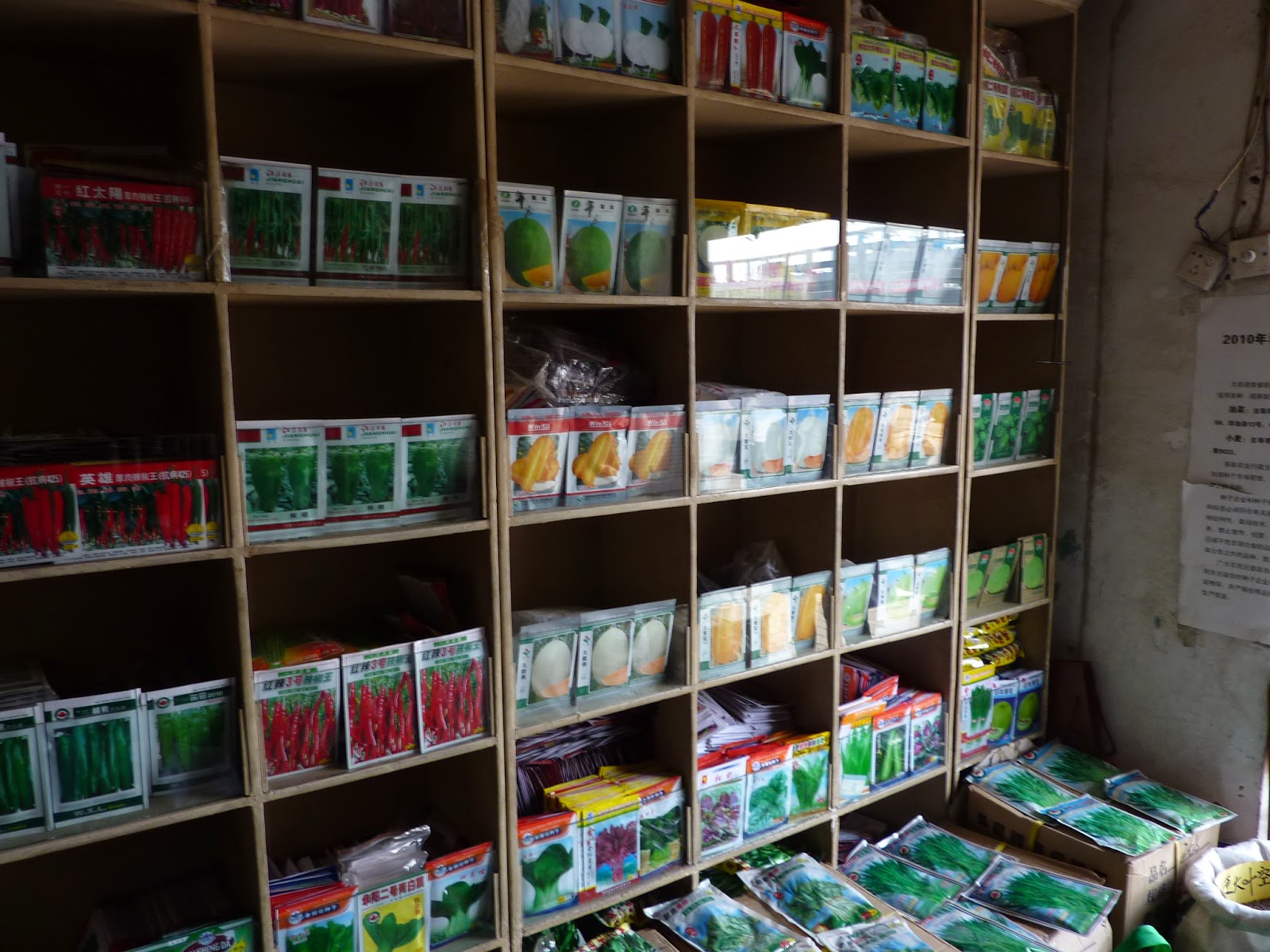 |
| Seed packets. Image source Commons.wikimedia.org |
 |
| Seed packets. Image source Commons.wikimedia.org |
Today I placed a seed order with
seedsavers.org. They have the broadest and best selection. The seeds are open-pollinated, saved varieties. No GMOs, and not owned by GMO-godzilla corp.
In a way, ordering seeds early shows optimism that there will be another year.
These are the varieties that I ordered. Short season plants were a big priority. Climate here is cool relatively sort summer, sandwiched between a cool long spring and a cool long fall.
Watermelon, Blacktail Mountain. 65-75 days. Developed in northern Idaho. Most watermelons are in the range of 85-100 days.
Watermelon, Petite Yellow. 65-80 days.
There were also 2 varieties of early, small-sized cantalopes.
Eden's Gem 65 - 80 days,
Minnesota Midget - 60-75 days, and and Asian melon,
Sakata's Sweet. that last one takes longer, 85-95 days. I might try the melons south of the house, which may be warmer and is full sun. I grew Minnesota Midget in the past with good result.
The timing for winter squashes doesn't matter as much. They ripen late fall.
Squash Pennsylvania Dutch Crookneck. 10-20#squashes.
Squash, Long Island Cheese. 6-12 pounds.
Summer Squash, Yellow Crookneck. 55-60 days.
Some dry beans. I don't think the timing is as important for these, either. I have not grown dry beans before.
Calypso. A bush variety. 70-90 days.
Hidasa Shield Figure. I assume this is a vining bean. 90 days.
Cucumber Suyo Long. For Ning. 65 days.
Lettuce, Seed Savers Mixture.
Okra, Star of David. 60-75 days. Which is pretty good for okra. The only way I know to grow it here is in containers, and I'm still learning the best way to do that. I also have a couple okra plants that I am overwintering. That may not work at all.
Pepper "Kalman's Hungarian Tomato". 65-75 days. Last year my peppers were too hot for my surgically modified stomach. These are milder.
This week I also placed an order with Burpee's. Those were more in the hybrid category.
Peppers - Hot Sweet Thing, Golden California, Sweet Nikita, Sweet banana.
Tomatoes - Better Boy - I always grow that one, Sunny Boy, Jersey Boy, Sungold - always grow that one, Supersweet 100 - always grow that one, and Roma.
Corn - Early Sunglow and Trinity - both early varieties.
Pea Oregon Sugar Pod
Bean, Gold Mine and Early Bush Italian.
Squash, Burpee Hyb rid Zucchini, Walthan Butternut, Golden Egg, Galeux D'Eysines, Pumpkin Rouge VIF D'Etampes
Okra Baby Bubba - good for containers, did well this year, and Clemson Spineless.
It seems ambitious, but not too bad. I cleared the raised bed for tomatoes today. The beds have settled, so I added enriched soil to the top. That was this year's zucchini bed.
I did the same thing for the pepper bed, which will be in the same place as this year. That bed also got a wheelbarrow of kitchen scrap composed, heavily populated with earthworns. Lots of coffee grounds and teabags went into that too.
Zukes will go into this year's tomato bed - half ready.
Bush beans will go into this year's onion bed - half ready. That will have a less enriched soil. I'm counting on the beans to enrich it.
Other squashes / pumpkins will be allowed to sprawl, like they did this year.
Corn - to go into the other tomato bed from last year. Haven't cleared that one yet. Or maybe outside the raised beds, if I can put up some deer fencing.
Okra - containers.
Others to be determined.






